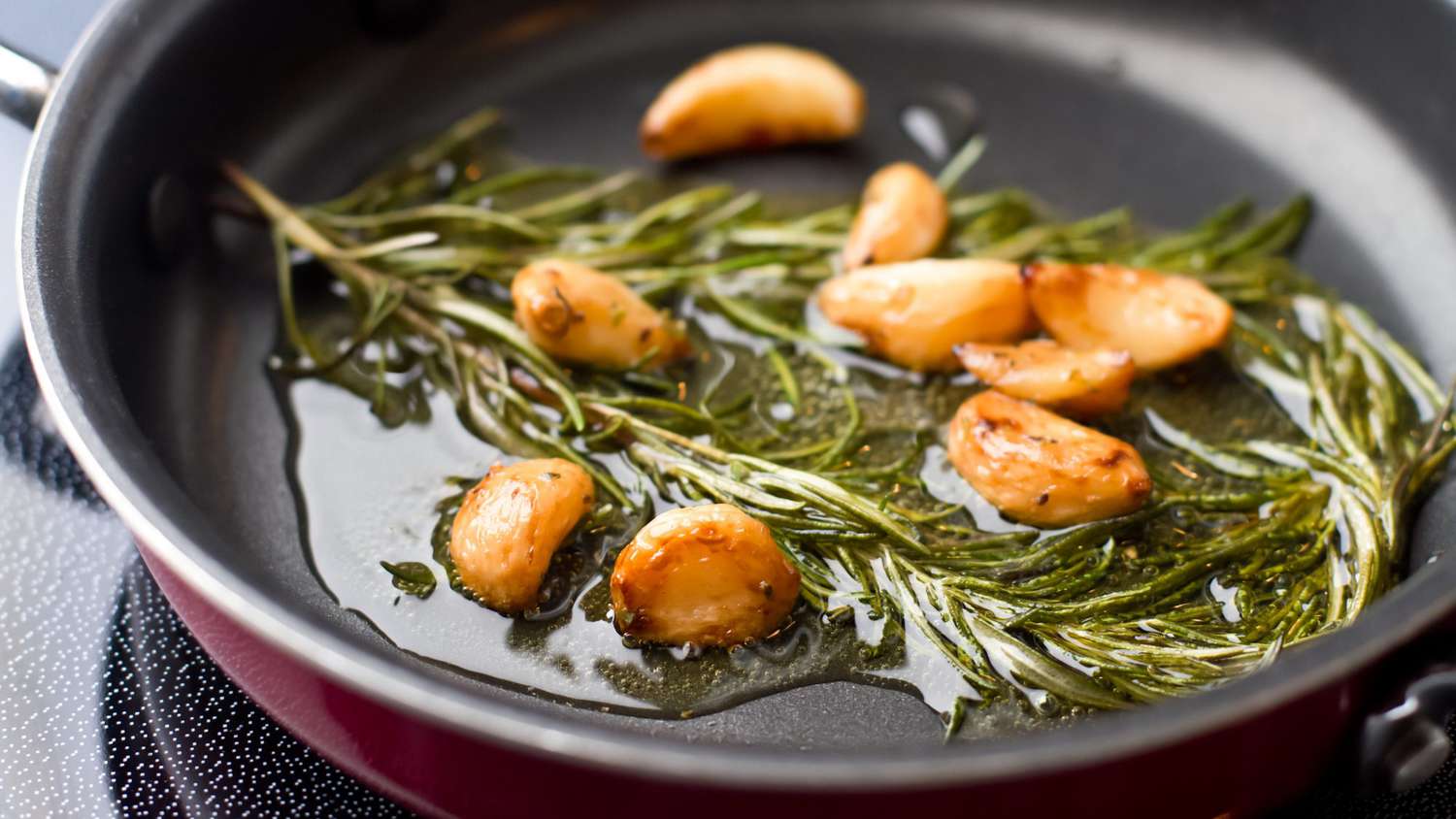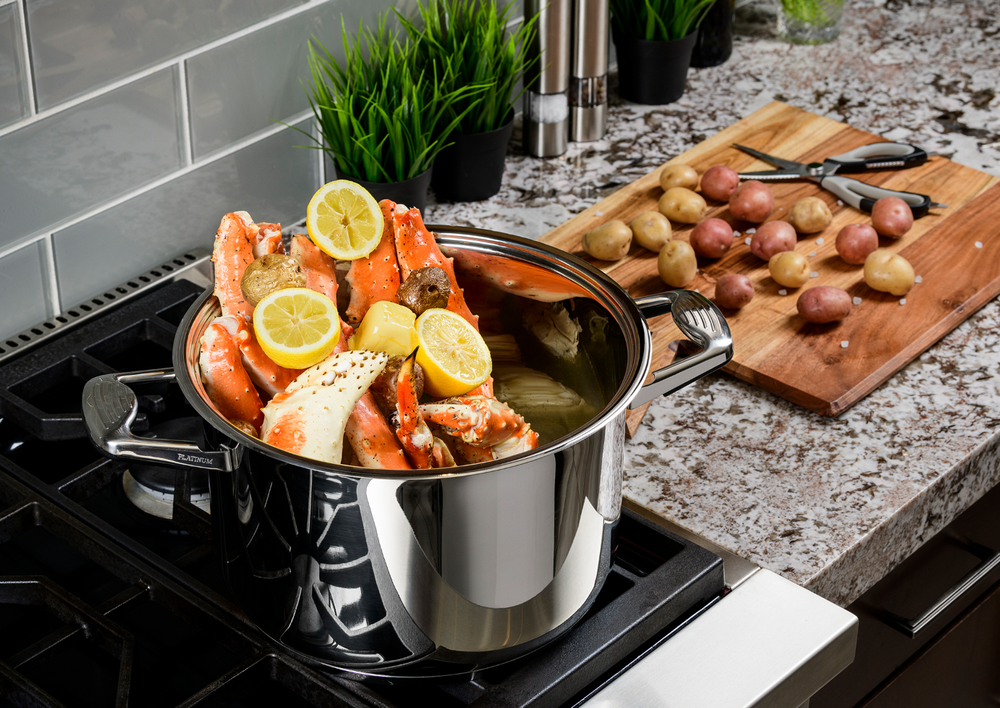Olive oil is a staple in many kitchens, known for its health benefits and delicious flavor. However, spilling olive oil can be a real nightmare. If you've ever had the misfortune of dealing with an olive oil spill, you know that it's incredibly slippery, and cleaning it up can be a daunting task. In this comprehensive guide, we'll walk you through how to clean olive oil spill efficiently, ensuring your kitchen remains spotless and safe.

Why Olive Oil Spills are Tricky
Understanding why cleaning up olive oil spills can be challenging is the first step towards addressing the problem effectively. Olive oil is a fatty liquid, making it both sticky and slippery. This combination means that it can adhere to surfaces while simultaneously creating a slick hazard. Additionally, the translucency of olive oil can make it easy to miss residues, leading to persistent, sticky spots on floors or countertops.
Immediate Actions to Take
When you encounter an olive oil spill, quick action is essential. Here are the steps you should take immediately:
- Contain the Spill: Use paper towels or cloth to contain the spread of the oil. This will prevent it from covering a larger area. Check out our guide on contain spills.
- Avoid Spreading: Try to avoid stepping in the spill as it can spread more widely and create a slipping hazard.
- Use Absorbent Materials: Sprinkle something absorbent, like baking soda, cornstarch, or flour, over the spill. These materials will absorb the oil, making it easier to clean. For more tips, see absorbent materials.

Step-by-Step Guide to Cleaning Olive Oil Spills
After the initial containment, follow these steps to ensure your kitchen is thoroughly cleaned:
1. Gather Your Supplies
Prepare a cleaning kit with the following items:
- Paper towels
- Absorbent material (baking soda or cornstarch)
- Dish soap or degreaser
- Warm water
- Sponge or cloth
- Vacuum (optional)
2. Absorb the Excess Oil
Once you have sprinkled absorbent material on the oil spill, let it sit for a few minutes. This allows the material to soak up most of the oil. Then, carefully use paper towels to remove the saturated absorbent material and dispose of it. Learn more on absorb excess oil.
3. Apply Dish Soap or Degreaser
Apply a few drops of dish soap or a degreaser directly to the affected area. Olive oil is a stubborn stain, and dish soap helps to break down the grease. Gently scrub the area with a sponge or cloth dipped in warm water until the oil stain starts to lift.
4. Rinse and Repeat
Rinse the area with clean, warm water, and inspect for any remaining oil spots. Repeat the scrubbing process if necessary, until all traces of the oil are removed.

Cleaning Different Surfaces
The surface where the olive oil spill occurred can determine the appropriate cleaning method. Here's how to handle different surfaces:
Wood Floors
Wooden floors can be especially tricky. After absorbing the oil with baking soda or cornstarch, use a mixture of vinegar and water to clean the remaining stain gently. Avoid excessive water as it can damage the wood. For a deeper dive, visit clean wood floors.
Tile Floors
Tile floors are more resilient. Follow the general cleanup steps and use a mop with warm soapy water for the final wipe-down. Make sure the floor is thoroughly dried to avoid any slipping hazards.
Countertops
For countertops, especially granite or marble, follow the initial steps and ensure to use a stone-safe cleaner to avoid any damage or dullness to the surface.
Carpets and Rugs
For spills on carpets or rugs, blot the area immediately without rubbing to avoid spreading the oil. Use baking soda to absorb the oil and vacuum it after sitting for a few minutes. Follow up with a carpet cleaner as per the manufacturer's instructions. Check out our guide on clean carpets for more information.

Preventing Future Spills
While accidents happen, there are steps you can take to minimize the chances of future olive oil spills:
- Store Oil Properly: Keep olive oil in a stable, easily accessible location. Consider using oil dispensers with a controlled pour feature.
- Use Appropriate Containers: Avoid large, unwieldy bottles that are easy to knock over. Opt for smaller, more manageable containers.
- Clean Up Immediately: Address any minor spills immediately to prevent bigger messes.
Conclusion
Understanding how to clean olive oil spill efficiently can save you time and effort while ensuring your kitchen remains a safe and hygienic space. By following the steps outlined above and using the right materials and techniques, you can tackle even the most stubborn olive oil spills with confidence. For more kitchen cleaning tips, visit clean commercial kitchen.
Frequently Asked Questions
What if I don't have baking soda or cornstarch?
If you don't have baking soda or cornstarch, you can use salt or even flour as a temporary solution to absorb the oil.
Can I use vinegar to clean olive oil spills?
Yes, vinegar can be effective, especially on wooden surfaces. Mix equal parts of water and vinegar to gently clean the affected area.
Is it safe to use a vacuum for cleaning oil spills?
Using a vacuum without the absorbent step is not recommended as it can damage your appliance. However, vacuuming baking soda or cornstarch after they've absorbed the oil is safe.
For more cleaning tips and tricks, visit our comprehensive guide on Cleanipedia.
As an Amazon Associate, I earn from qualifying purchases.






Leave a comment
This site is protected by hCaptcha and the hCaptcha Privacy Policy and Terms of Service apply.